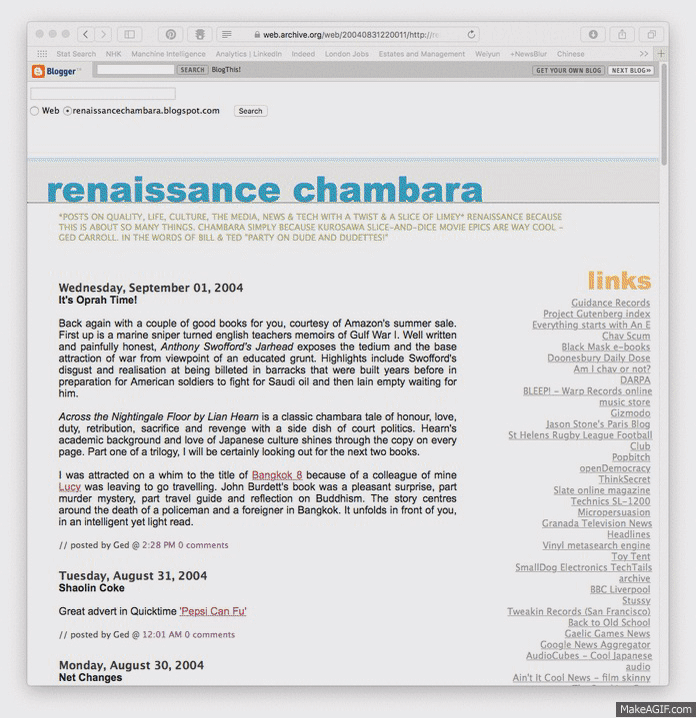Chinese industrial decline – It is hard to explain to people the diversity of China. If you’ve followed China as a subject area you’re used to discussions around tier one to six cities. We tend to buy into ‘Blade Runner’ China because its the tier one and two cities that you end up visiting. Its pretty much the same with the media. I really like this New York Times documentary that deals with the slowdown of heavy industry in Northern China and apparel manufacturing in Guangzhou province in the South.
Chinese industrial decline in this documentary shows off it’s rust belt and left behind areas. This city’s mayor and is project is a microcosm of the efforts going on.
China has been in a constant state of reinvention. I worked out of old electronics factories in Shenzhen that had been turned into offices and creative studios, with Shoreditch style retail attached. Whilst, Shenzhen is famous for manufacturing, the reality now is more complex. It has a thriving finance sector that China hopes will eclipse Hong Kong.
Further up the Pearl river delta cities like Dongguan were industrialised by Hong Kong entrepreneurs and became crucial parts of the global fashion supply chain. Here too changes is happening, areas of Dongguan are being repurposed as tech campuses. Huawei built their ‘European theme park’ campus there. Of course, the unskilled workers get replaced. They move further inland along with some of the industry.
Some of the industry, has moved abroad. China has become too expensive and onerous to deal with. In the North, heavy industry was built at break neck speed relatively close to coal fields, rather like the UK during the industrial revolution. During this go-go time China could use or export all the steel old. After the 2008 Olympics China started aiming for more sustainable growth and heroic efforts became surplus production.
A Brazilian flavoured tune as a free download Oya’ Indebure feat. Laudir de Oliveira | DJ Nu-Mark. However, don’t mistake free, for low quality, this is an amazing tune. More on DJ Nu-Mark here.
Maybe a team up with Scanner would have been more appropriate but liking Jean-Michel Jarre + Edward Snowden – ‘Exit’
May the 4th aka Star Wars day saw geeks dominate the web, I did really like Japanese airline ANA’s rendition of the Star Wars theme purely from aircraft related found sounds
TBWA in Amsterdam pulled together these clever DJ controller place mats for McDonalds. It shows how much is now possible with printed circuits. I love the combination of material smarts and creativity.


